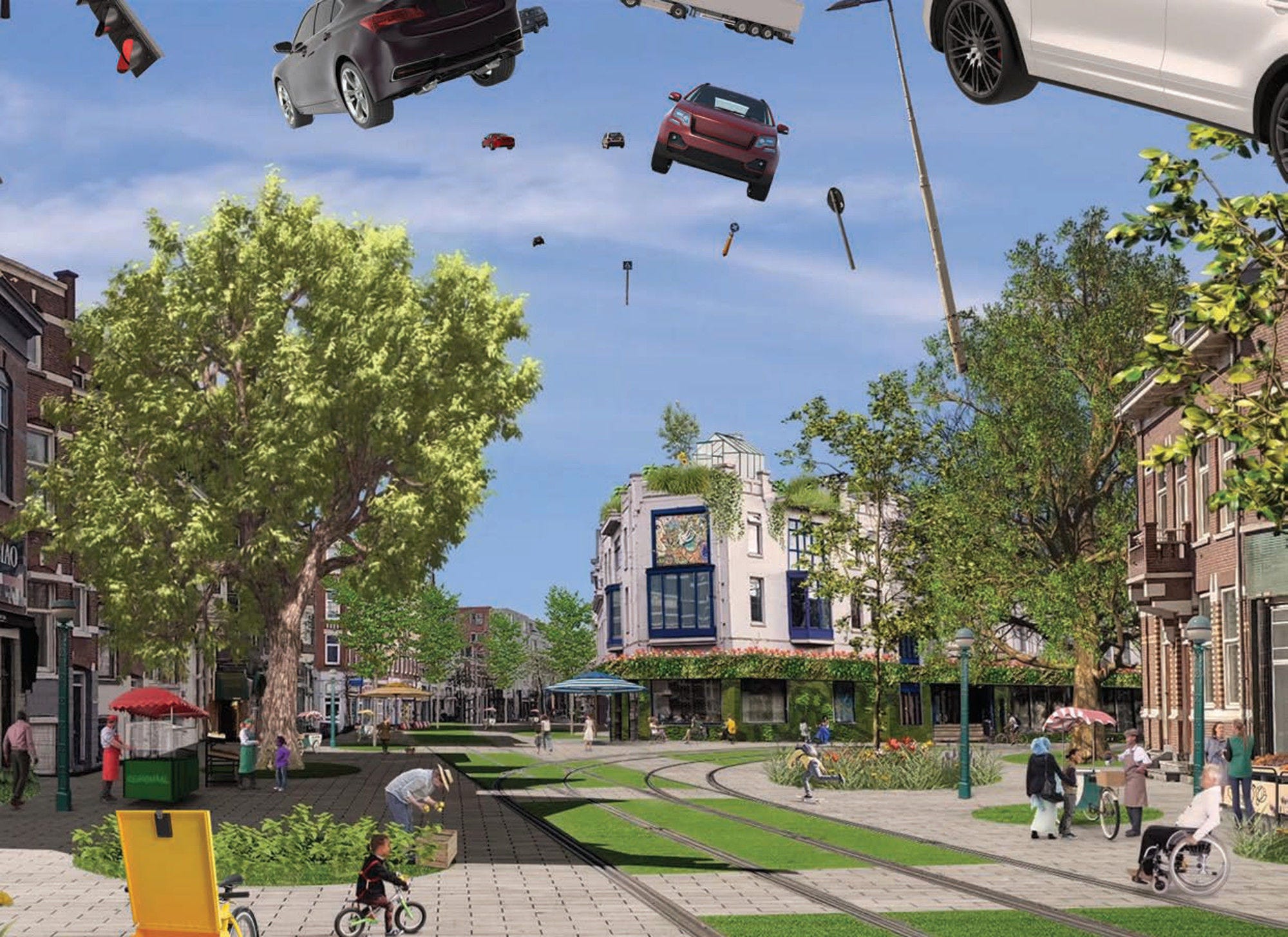An important limitation for scaling up climate change mitigation is that efforts all too often aim at optimising individual components within our economic and social systems rather than transforming the systems themselves, which are unsustainable by design. IPCC scenarios indicate that focusing on policies that transform systems so that- in their functioning, or by design-, they improve well-being, while requiring less energy and materials, and produce less emissions can be more effective to achieve net-zero goals on time.
System redesign has rarely been the focus of climate action. In the case of transport, for decades, CO2 emission mitigation action has mainly focused on optimising vehicles’ emission performances (a component) in car-dependent urban and transport systems.
The OECD Well-being lens process can help policymakers reprioritise climate action towards system redesign and accelerate the transition towards net-zero systems. The process builds on systems thinking and consists of three steps: i) envision the outcomes a well-functioning system achieves; ii) understand why the current systems’ functioning is not achieving such outcomes and how it could be designed to lead to better results; and iii) redesign the system via policies packages focused on reversing unsustainable dynamics to transition towards better functioning systems.
The Well-being lens process triggers two mind-set shifts, that are needed to meet net-zero targets on time: i) from means (e.g. GDP) to ends (well-being); and ii) from parts (e.g. vehicles) to systems functioning (e.g. car-dependency). The first shift allows envisioning an increase in well-being (health, equity, etc.) through low-demand systems (rather than considering high demand as a condition for high life quality). For policy-making, this means that managing or reducing demand becomes a central policy lever. The second shift sheds light on the importance of understanding the systems’ dynamics driving unsustainable results. For policy-making, this means focusing climate action on reversing such dynamics and redesigning systems.
The rest of this summary describes the results from applying the Well-being lens process to the passenger surface transport sector, with a focus on urban areas and their commuting zones.
